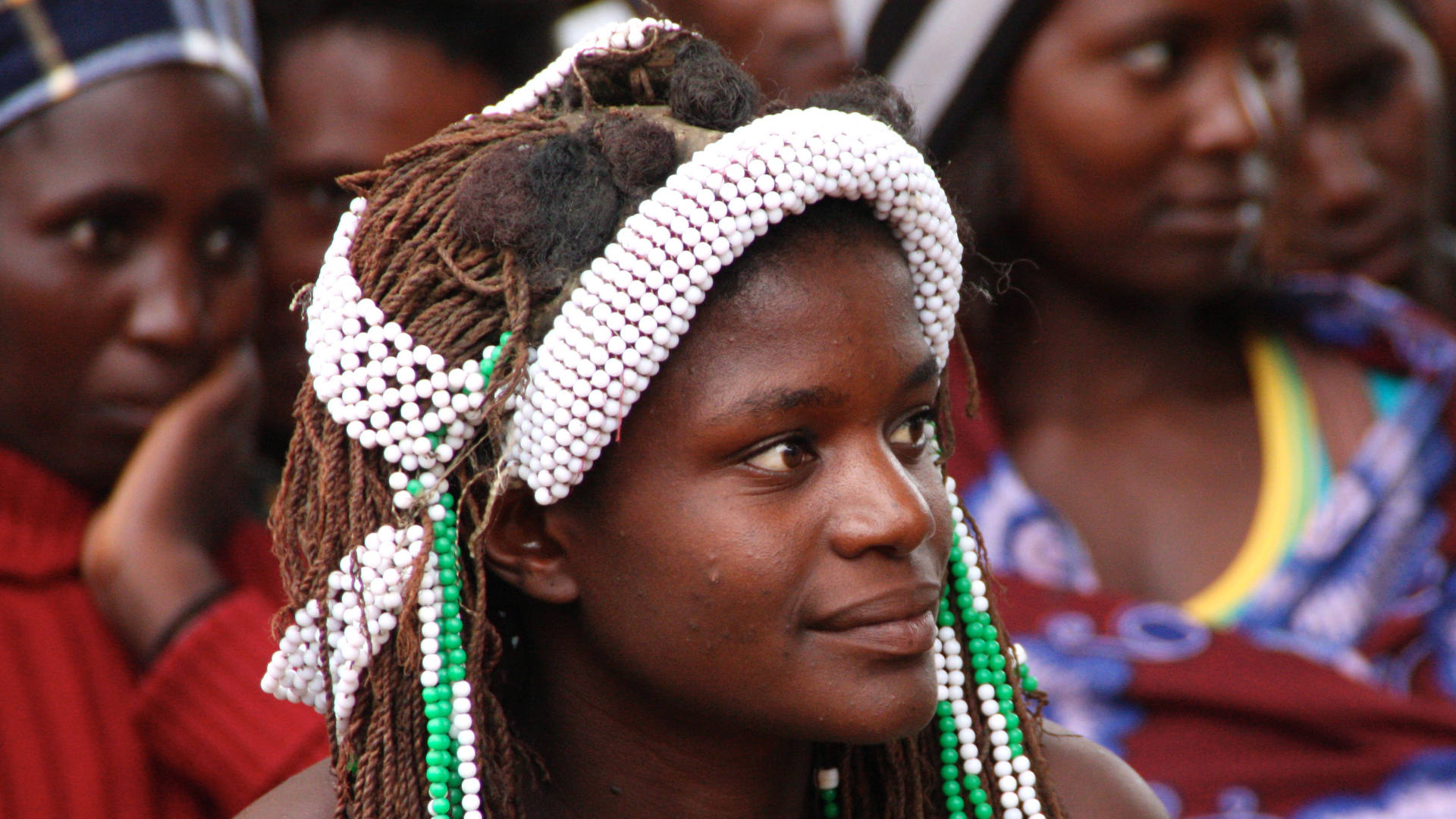Social situation Increasing poverty in the wake of the pandemic
Young woman with traditional headdress in Namibia
The country’s biggest challenges include the highly inequitable distribution of income, wealth and land ownership, and widespread poverty. Around two thirds of the population lack basic sanitation and almost half have no access to electricity. Approximately one fifth of the Namibian population was undernourished before the outbreak of the COVID-19 pandemic. This proportion has probably grown, as the number of people living below the poverty line rose as a result of the crisis.
HIV and AIDS
Namibia is one of the countries worst affected by HIV and AIDS, with an infection rate of roughly 12 per cent (among adults aged 15 to 49, in 2020).
The infection rate among the younger population is dropping, however, and Namibia has succeeded in reversing the trend: thanks to the progress made in the fight against AIDS, average life expectancy has risen from a low of 51 years in 2003 to almost 63.7 years in 2019 (for comparison: life expectancy in Germany is 80.9 years).
As at: 27/05/2022
